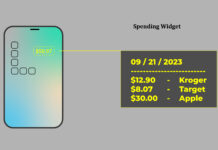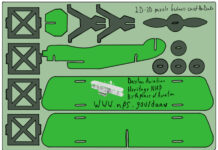How the Medici Family Continues to Influence the World
The Medici family were businesspeople. They were wool merchants and bankers. In 1397, Giovanni de’ Medici founded the first bank of the Medici family in Florence, Italy. The family’s business acumen guided them to create several processes that are now commonplace within the banking industry. These include, letter of credit, checks and holding companies.

Letter of Credit
In order to encourage and build international trade, the Medici bankers created the Letter of Credit. This document made it unnecessary to cart large sums of money from one city to the next.
Safe Banking With a Profit
A buyer would simply deposit the money in their local Medici Bank and receive a Letter of Credit to give to the seller. The seller would then present the document to their local Medici Bank to receive payment. In the meantime, the Medici Bank would sell the florins (Florence currency) received for less than they paid out, usually netting a 4% profit. This practice allowed the bank to receive interest for holding the money without openly charging interest, since such practices were viewed as sinful by the Church.
Double-Entry Bookkeeping
The Medici family invented the double-entry bookkeeping system. This gave the Medici family a more precise way to track their revenue and expenditures. It was also a way to decrease accounting errors. Banks and individual businesspeople widely adopted the system. It remains a cornerstone in the financial world.
Holding Companies
The Medici family invented the first holding company. This model is still used today. Each of the Medici banking branches was created by forming a partnership with the Florence bank being the central holding company. This format allowed the Medici Bank to utilize letters of credit, hold deposits, complete bills of exchange, and make loans. This allowed for Medici Bank branches to expand into the UK, Spain, and other countries.
Bank Checking Account
The Medici Bank created the concept of a check. This was a promissory note that was presented at a Medici Bank branch and was paid. The individual bank account the check was written on would then have the money taken out of the account. In the past decades, digital banking has replaced the paper check with debit cards.
Analysis
The Medicis laid the groundwork for several forms of banking that remain commonplace today. This article mentions Letter of Credit, a form of collecting interest that kept larger sums of money safe between buyers and sellers. They introduced double-entry bookkeeping, a way of tracking revenue with higher accuracy, and holding companies, branching out across Europe while still keeping everything central to one main bank. They also created the concept of a check, at that point a note on a piece of paper. This bank rose to power during the Renaissance, the rebirth that we’re still reeling from, so it’s neat to see what practices have lasted. Are they still relevant in a society in a technological rebirth? When you remove the physical part of banking from the equation, are these processes, which were based on the use of paper, still the best way to transfer money?
Source
Painter, S. (2020, August 18). The lasting impact of the Medici family today. LoveToKnow. https://www.lovetoknow.com/life/relationships/influence-medici-family-today




